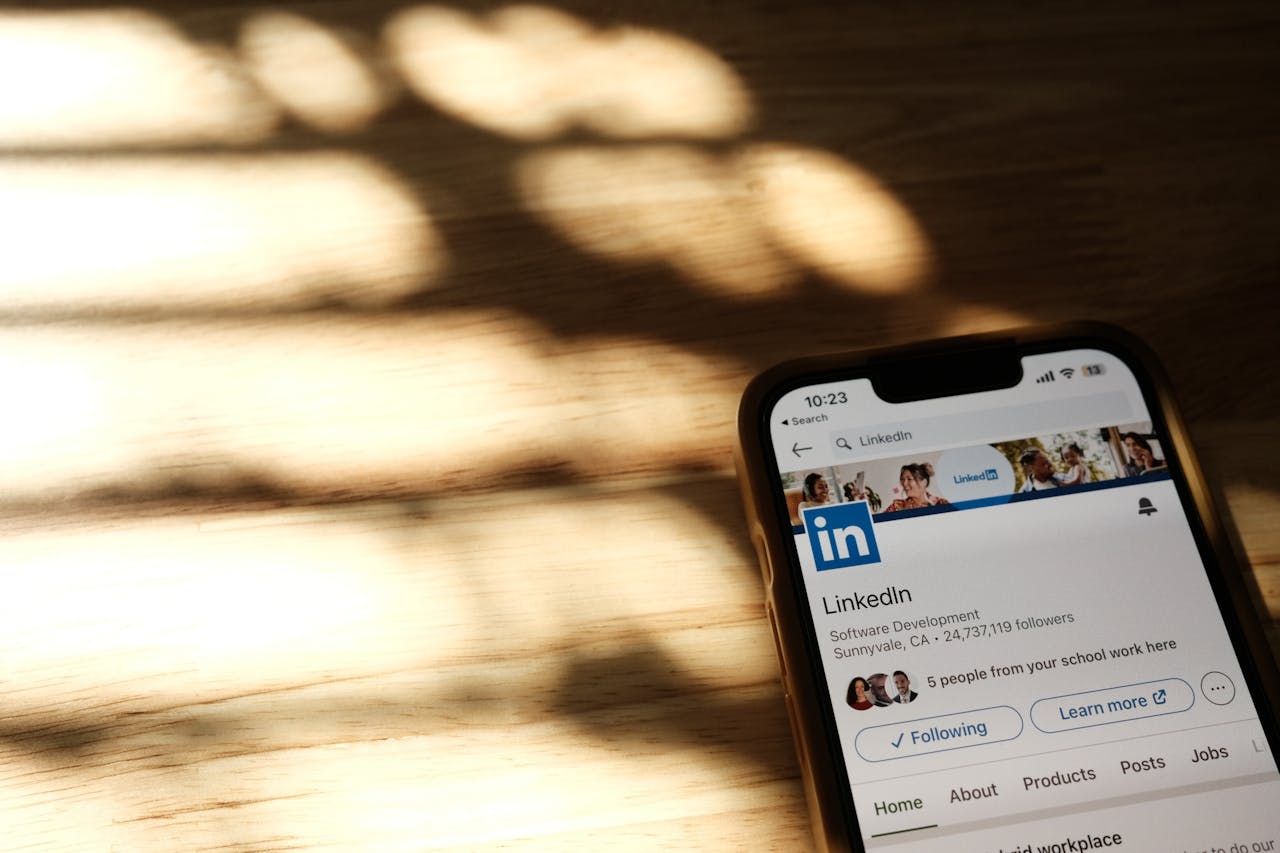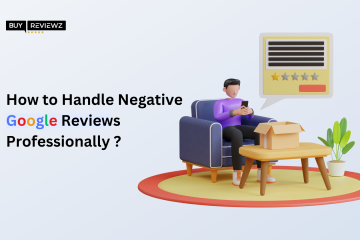LinkedIn is a growing platform with over 830 million active users. The platform is key for making connections, growing as a professional, and boosting your business. Whether you’re starting a business, hiring, or looking for jobs, growing your network on LinkedIn can lead to new opportunities.
Automated invitations can help you connect with others on LinkedIn effortlessly. Yet, users often struggle to keep that personal touch with automation tools. Sending invites in large numbers can feel cold, hurt connection rates, and could even flag you as a spammer.
In this article, we’ll share several ways to wisely use LinkedIn automated invitations while adding a personal touch, ensuring your efforts are both quick and good.
Why Personal Touch Matters for LinkedIn Invitations
In our tech-driven world, a personal touch is key to real connections. LinkedIn, as a pro network, sees users get lots of requests. When these feel bland or cold, they’re less likely to be accepted. The platform encourages genuine relationships, and users want their requests to reflect this idea.
A personal touch shows thought about who you’re reaching and why it matters. When those who receive a request feel it’s meant just for them, they are more likely to accept and chat with you. Personal touch builds trust from the first contact, setting the stage for stronger relationships. On the other hand, dull, standard notes can hurt your trust level. While automation saves time, adding some personal touch keeps your invites from looking like mass notes.
You can consult or hire a third party to handle your LinkedIn automated invitations. This way, you’re ensuring your invitations will be perfect, as they’re created by experienced professionals.
Tips for Adding Personal Touch in Auto Invitations
Automation tools save time, but personalizing them requires a plan. Here are easy tips to add a personal touch to your automated LinkedIn invitations.
Begin With a Personal Greeting
The first step is to greet your potential connection by their name. Most LinkedIn automation tools let you add fields like the name into your invite script. This tiny tweak can make a big difference. Using the name at the start makes the note feel crafted personally for them, grabbing their attention right away.
Go beyond the name by mentioning something about them. If you found them due to a recent post, bring it up. For instance: Hi Sarah, I read your smart post on marketing trends… This start shows your message isn’t just another dull request.
Point out a Shared Link or Interest
One of the best ways to make an invitation special is to note a shared link, group, or interest. LinkedIn offers filters like shared links, groups, or fields to use for more tailor-made outreach.
For example, if you both know a person, you might say: I see we both know John Doe; I thought we should connect. Or, if in the same LinkedIn group, you can state: We’re in the Content Marketing group, and I’d like to connect and chat on trends. This way shows you’ve done your homework and have a sound reason to connect, making it more tempting than a cold, plain note.
Keep It Short but Punchy
While those personal touches are vital, remember most LinkedIn users are busy professionals. They don’t have time for long invites. Keep your automated notes short but full of value.
Aim to express why you wish to connect in 2-3 lines. For example: Hi Stacy, I noticed we’re both in marketing, and I really like the work you did on ABC. I’d love to connect and chat about ways we could work together. This note is quick yet personal and shows clear intent. Automation tools help craft brief, strong notes using preset scripts but remember to edit them for your target audience.
Use LinkedIn Profile Info
LinkedIn profiles hold lots of data to help you personalize your approach. When sending automated invitations, tap into info like roles, fields, and past jobs. This lets you tweak your notes even more.
For instance, when reaching out to someone, consider their position or company: Hi David, since I also work in fintech, I’d like to connect and hear your thoughts on blockchain trends. This note proves you’ve done your homework and aren’t sending just a common message.
Some automation tools let you pull profile information to tailor your outreach on a large scale. These tools can do wonders if used right, letting you add unique touches to each invitation.
Follow up With a Personal Note
The invitation is the start of building relationships. Once your request is accepted, follow up with a personal note. It keeps the conversation open for future work or talks.
Auto follow-ups can be personal, too. For instance, after someone accepts your invitation, you could say: Hey Emily, thanks for accepting my invitation! I noticed you led the main marketing tasks at ABC. I’d love to hear how you achieved that and learn more about your journey. This message shows you’re, in fact, truly interested in their work and are eager to discuss more.
Taking this extra step sets you apart from those who connect and never speak again, which is common on LinkedIn.
Bottom Line
Maximizing LinkedIn automated invitations requires juggling speed and personal touch. While automation tools offer a great way to reach more people, it’s those small personal tweaks that lead to real connections. By starting with a name, noting shared links, keeping it short, using profile details, and following up with care, you boost your LinkedIn reach.
Automation and personal touch can work together. When used carefully, they help you grow a network that is not only big but truly valuable. With the right style, your automated invitations can be a step towards making lasting and helpful relationships on LinkedIn.
Ready to maximize LinkedIn? Head to Buzz Revolve for tips on automation and personalization!




